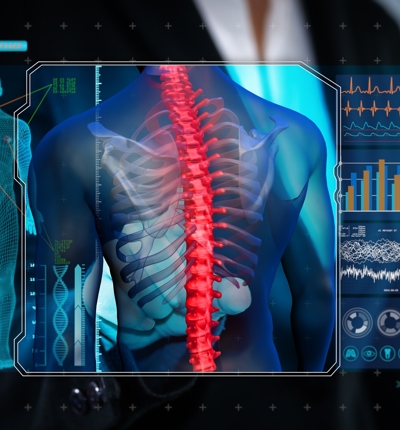
The Digitisation of Healthcare Products
Tina Patel and Irene Karidas discuss a consumer's rights when a digitised healthcare product goes wrong.
Posted on 04 August 2020
In 2020, it is safe to say that technology has revolutionised the life of consumers. The fast-paced digital growth has altered consumer expectations drastically, as it is now more common than not to purchase products that will be reliant on technology for their use, particularly on our phones.
In 2019, it was recorded that 79 per cent of the UK population own a smartphone. So it makes sense that manufacturers and product designers will take advantage of the increased use and apparent ease of smartphone usage.
It is becoming increasingly common to synchronise healthcare and sporting devices with our phones and control their function through an application.
This, in turn, has had the effect of making consumers more reliant on products that are powered by technology - and why wouldn’t they if they make some aspects of everyday life significantly easier?
Of course, the input of technology has been a blessing, particularly in the healthcare industry where patients could be relieved of the burden of carrying out daily checks to monitor their healthcare needs.
It can also be argued that patients with conditions that need careful monitoring become more independent this way. We keep on seeing incredible advancements in the healthcare industry. For instance, we are seeing the introduction of “smart pills” that monitor medication intake, contact lenses and patches that monitor glucose levels - all activities that would otherwise require the input of a medical professional.
Through the use of technology, consumers, whether patients or not, are safe in the knowledge that they can monitor their conditions in a fast and accurate manner, which usually involves a mere check on their phones.
However, are consumers comfortably assured that they will be remedied for any inaccurate results as a consequence a technological glitch? What happens when the technology fails and things go wrong?
Continuous Glucose Monitoring (CGM)
An example of effective technological input to cater for patients' medical needs is the continuous glucose monitoring device.
In order to monitor their glucose intake, traditionally, Type 1 diabetic patients would need to conduct a number of finger prick tests (in some instances as often as 100 times a day).
This would prove to be both impractical and not very enjoyable given the impact on an individual’s daily life, however imperative for the well-being of the patient.
Thanks to technological advancements, often diabetic patients have the option of being implanted with a CGM device, either on the NHS or privately, which can be synchronized with a smartphone to provide glucose readings. This takes away the hassle of having to conduct finger prick tests and patients can rest assured that they are getting an accurate glucose reading to monitor their insulin intake.
It is imperative that patients have a precise glucose monitoring reading so as to be able to monitor their insulin intake accurately. A failure to provide accurate results or to function properly could have potentially life-threatening consequences.
So where do consumer’s rights lie if something does go wrong? And who is to blame?
Whether a product is more traditional or powered by the latest software, the duty of a manufacturer to provide products of a safe standard still remains the same.
However, things can get a little confusing with the input of technology as independent variables can start to play a role in the inaccurate reading or malfunction of any device.
For instance, what if an inaccurate display of a reading is as a result of an out-of-date software update provided by a third party rather than the product itself?
Cases such as these require thorough investigation, however, the traditional rule of duty of care still applies; the manufacturer owes the ultimate consumer a duty of care.
The small print in the terms and conditions of each product (in addition to legal intricacies that are beyond the scope of this article) will often lay out liability for third parties, although it is imperative that manufacturers should circulate products that are of a standard of safety that a consumer would expect.
The Personal Injury team at Leigh Day are currently investigating defective CGM devices. You can read more about our cases here.

